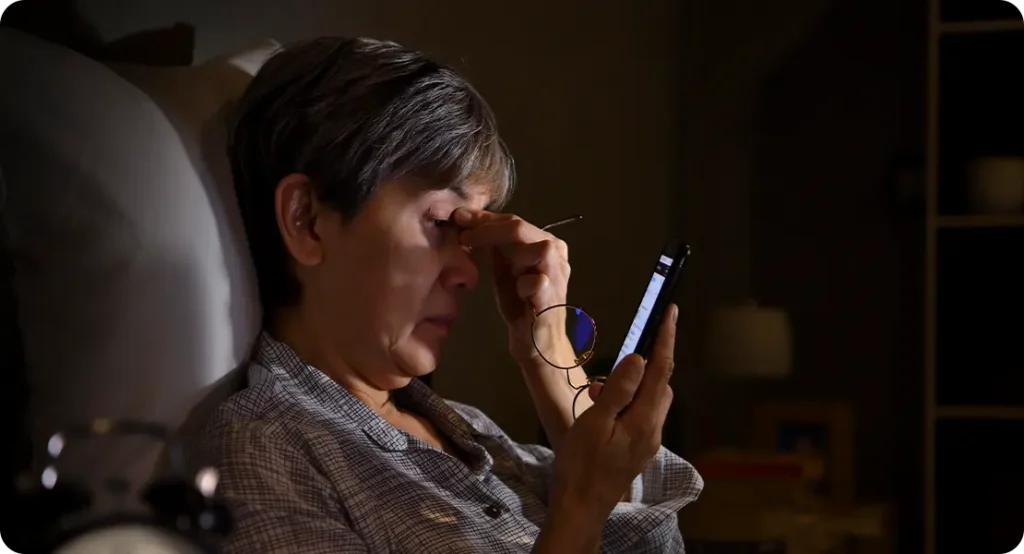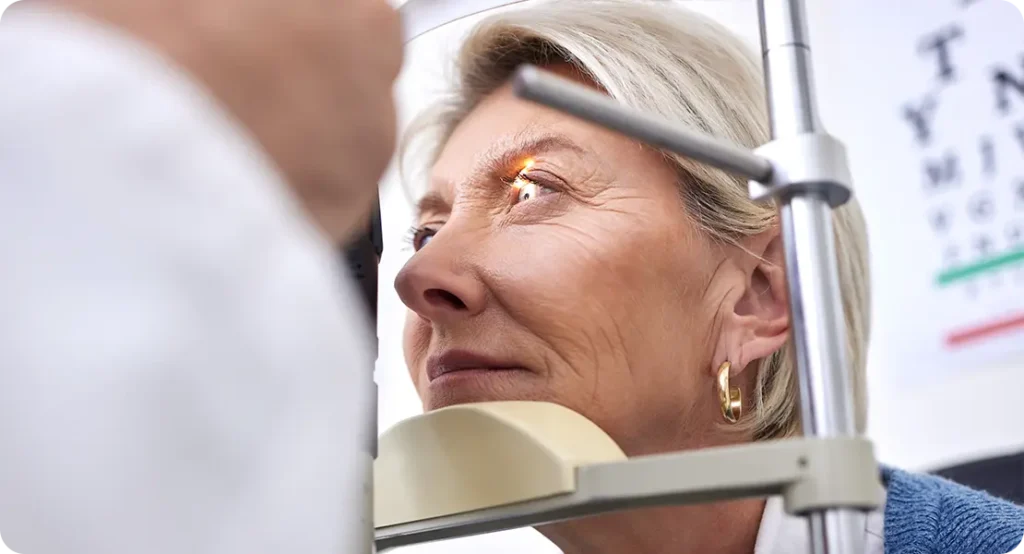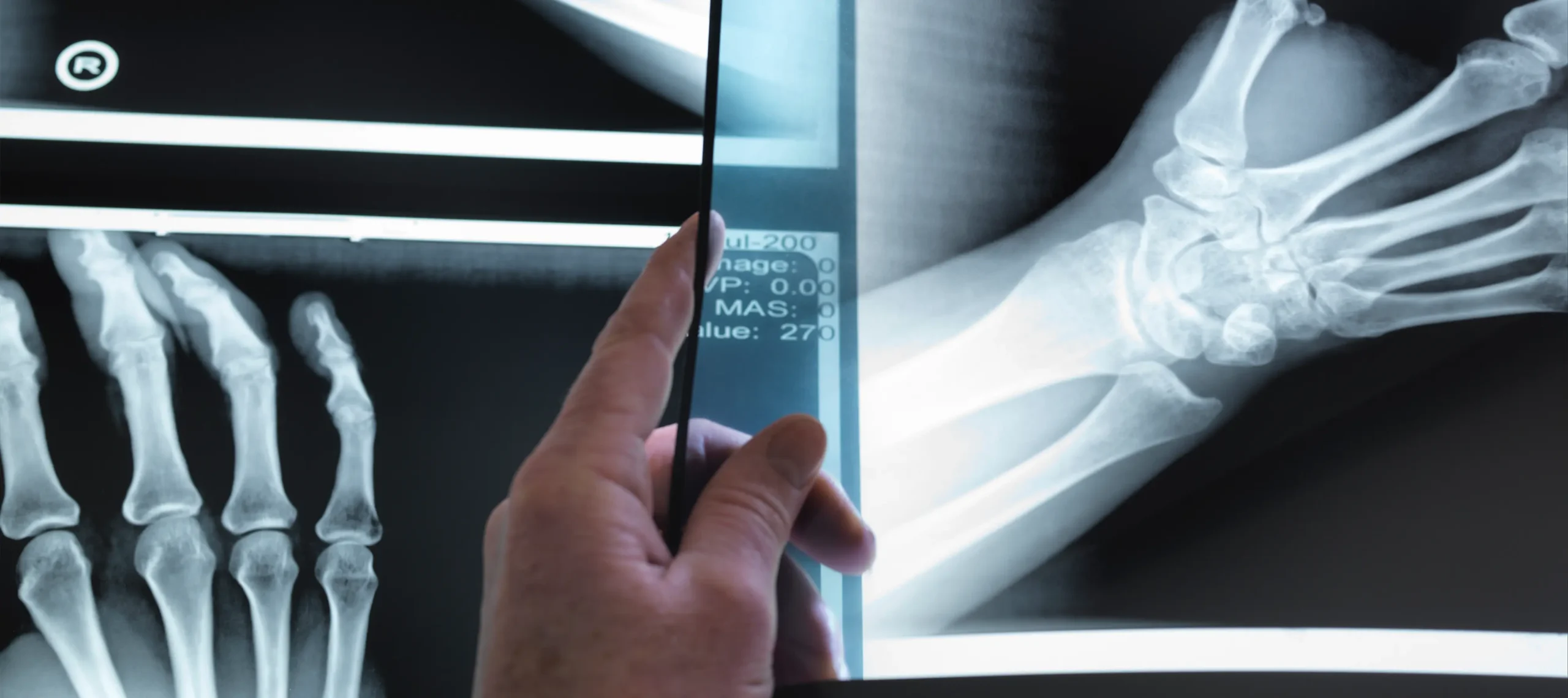If you’ve ever had an X-ray, worked in a medical or aviation setting, or undergone radiotherapy, you’ve probably heard warnings about radiation. But while most people are aware of the potential risks to the skin or internal organs, the impact on your eyes—specifically the lens—is often overlooked. Today, we’re diving into how radiation exposure can quietly increase your risk of developing cataracts, even years after the exposure has occurred.
Understanding the Structure of the Eye’s Lens
Before we explore the effects of radiation, it’s helpful to understand how the lens of your eye works. The lens is a transparent, biconvex structure that sits behind the iris and pupil. It plays a critical role in focusing light onto the retina, enabling clear vision. What makes the lens particularly interesting is that it has no blood supply. Instead, it relies on the aqueous humour to receive nutrients and remove waste.
Another key point is that the lens doesn’t shed old cells like other parts of the body. Instead, new cells form on the outer edges, pushing older cells towards the centre. Over time, this creates a dense core of aged cells, which can accumulate damage. Because the lens is enclosed in a capsule and doesn’t regenerate like other tissues, any damage—especially from radiation—can become permanent and progressively worse.
What Exactly Is a Cataract?
A cataract is essentially a clouding of the lens that leads to blurry vision, glare sensitivity, and faded colours. The condition can occur in various forms, but when linked to radiation, the most common type is a posterior subcapsular cataract. This kind forms at the back of the lens, directly in the path of light as it enters the eye, and tends to interfere with vision more severely and earlier than other types.
Radiation-induced cataracts are unique in that they have a specific appearance and tend to occur more often in certain populations. Unlike age-related cataracts, which develop gradually over time, those caused by radiation can have a long latency period but then progress quickly once they begin.
How Radiation Affects the Lens
Now let’s get into the mechanics of how radiation interacts with your eye. When ionising radiation—such as X-rays, gamma rays, or high-energy particles—enters the body, it has enough energy to disrupt atomic and molecular structures. In the context of the lens, this means breaking down the proteins that are critical for maintaining transparency.
Radiation can damage the DNA of lens epithelial cells, leading to abnormal cell division and defective proteins. Over time, these damaged proteins start to clump together, forming opacities. Since the lens doesn’t have a built-in repair system, even a small amount of initial damage can accumulate and result in significant visual impairment.

Types of Radiation That Can Cause Cataracts
It’s important to distinguish between different types of radiation, as not all of them pose the same level of risk to your eyes.
Ionising Radiation: This includes X-rays, gamma rays, and particles like protons and neutrons. These are highly energetic and capable of penetrating tissues, making them the most dangerous for cataract formation.
Non-Ionising Radiation: This includes ultraviolet (UV) rays and microwaves. While prolonged UV exposure can also increase cataract risk, especially cortical cataracts, it doesn’t have the same direct impact on DNA as ionising radiation does.
The risk from ionising radiation is cumulative, meaning the more you’re exposed over time, the greater the chance of developing cataracts. This is particularly true for people who are exposed professionally or as part of their medical treatment.
Who Is Most at Risk?
Radiation-induced cataracts are most often seen in individuals who are regularly exposed to ionising radiation due to their occupation or medical history. These exposures may be incidental or directly linked to the nature of their work or treatment. While the general population faces minimal risk, certain groups are consistently shown to have significantly higher exposure levels, making preventive strategies and regular monitoring especially important.
Let’s explore some of the key high-risk categories in more detail:
Medical Professionals
Interventional cardiologists, radiologists, and surgeons who use fluoroscopy-guided procedures are among the most vulnerable when it comes to occupational radiation exposure. Despite the routine use of protective shields and lead aprons, scatter radiation can still reach the eyes during prolonged procedures. Over time, this repeated low-dose exposure accumulates and increases the likelihood of posterior subcapsular cataract formation, which can severely impair vision and impact professional performance.
The risk is often underestimated in medical settings because symptoms may not appear for many years, and exposure varies depending on technique, positioning, and duration of procedures. What makes this especially concerning is that the very people trusted with diagnosing and treating others may not realise they are at risk themselves. Without adequate eye protection, such as leaded eyewear and strict adherence to safety protocols, even the most experienced medical professionals can be affected.
Aviation Workers
Pilots, flight attendants, and other aviation crew members frequently operate at cruising altitudes where atmospheric shielding against cosmic radiation is significantly reduced. This exposure is especially heightened on long-haul or polar routes, where cosmic ray intensity is greater. Although the doses received per flight are low, the cumulative effect over a career can be substantial, particularly in those logging thousands of flight hours annually.

Radiation exposure in aviation isn’t usually thought of as a health hazard, but studies have shown a correlation between frequent flying and an increased risk of developing cataracts. Since the lens is one of the most radiosensitive parts of the body, consistent exposure to even low levels of radiation from cosmic sources can lead to gradual opacification. Unfortunately, because the exposure is invisible and symptom-free in the short term, the threat often goes unnoticed until visual disturbances begin to develop.
Cancer Patients
Individuals receiving radiotherapy for tumours located in the head, neck, or brain are another group with an elevated risk. Although modern treatment planning aims to minimise radiation to surrounding tissues, the proximity of the eyes to these regions often makes incidental exposure unavoidable. Even when only a small portion of the eye is within the radiation field, it can be enough to trigger cellular changes in the lens over time.
The effects are not always immediate. In many cases, cataracts may not appear until several years after treatment, making it difficult to connect them directly to the radiotherapy. This delayed onset highlights the importance of long-term follow-up care for cancer survivors, especially those treated near the orbital area. It also underscores the need for oncologists and radiation therapists to consider protective measures such as lead shielding or advanced beam-shaping techniques to safeguard ocular health during treatment.
Nuclear Industry Workers and Astronauts
Employees working with radioactive materials in power plants, research facilities, or decommissioning sites often encounter ionising radiation as part of their daily environment. While strict regulations are in place to minimise exposure, accidents, leaks, or prolonged low-level exposure can still occur. These individuals face not only a risk to their general health but also a specific vulnerability in their eyes due to repeated radiation contact.
Astronauts, perhaps more than any other profession, are exposed to some of the highest levels of radiation due to their time spent outside Earth’s protective magnetic field. In space, they are subject to cosmic rays and solar particle events that cannot be entirely blocked, even with spacecraft shielding. Long-term missions, such as those planned for Mars, raise serious concerns about the cumulative effects on ocular health. As a result, eye screening and protection strategies are a growing priority in space medicine and astronaut training protocols.
Recognising the Symptoms of Radiation-Induced Cataracts
You might not notice the effects of radiation on your eyes immediately. In fact, that’s part of the problem. The symptoms can take years to develop, and when they do appear, they often mimic those of regular age-related cataracts. Some of the most common symptoms include:
- Blurred or cloudy vision
- Increased sensitivity to light and glare
- Difficulty seeing at night
- Colours appearing faded or yellowed
- Seeing halos around lights
If you’ve had known radiation exposure and begin experiencing any of these symptoms, it’s essential to see an eye specialist promptly.

Latency Period: The Delayed Onset of Damage
One of the unique features of radiation-induced cataracts is the latency period—the time between exposure and the onset of symptoms. This can range from a few years to several decades, depending on the dose and duration of exposure. Higher doses tend to shorten the latency, but even low doses, if repeated, can eventually result in cataract formation.
Because of this delayed response, people often fail to connect the dots between past radiation exposure and current visual symptoms. This makes routine eye exams and detailed medical histories especially important for those in high-risk categories.
Threshold Dose and Dose-Response Relationship
There was a time when it was believed that there was a clear threshold dose for radiation-induced cataracts—around 2 Gray (Gy). However, recent studies have shown that even lower doses can contribute to lens opacities, particularly if exposure is sustained over a long period. The relationship between dose and response appears to be non-linear, with some evidence suggesting there may be no safe threshold at all.
This has led to changes in occupational safety standards. For example, the International Commission on Radiological Protection (ICRP) has significantly reduced the recommended dose limits for the lens of the eye in radiation workers, emphasising the importance of long-term eye health.
Diagnosis and Monitoring
If there’s a concern that your cataracts may be linked to radiation, your ophthalmologist will carry out a slit-lamp examination to look for characteristic opacities in the posterior subcapsular region of the lens. These tend to appear as granular or vacuolated changes in the early stages, eventually coalescing into a dense plaque that impairs vision.
Regular monitoring is crucial, especially for those with known radiation exposure. Catching changes early allows for better management and timely surgical intervention when necessary.
Treatment Options
Fortunately, the treatment for radiation-induced cataracts is the same as for other types: cataract surgery. This involves removing the cloudy lens and replacing it with a clear artificial intraocular lens (IOL). The procedure is typically quick, safe, and highly effective in restoring vision.
However, if you’re still in a radiation-exposed environment or undergoing treatment, additional precautions may be necessary to prevent further ocular damage. In some cases, shielding or treatment planning can be adjusted to minimise future risk.
Preventive Strategies
While some radiation exposure is unavoidable, particularly in certain professions, there are practical steps you can take to protect your eyes:
- Use Protective Eyewear: Leaded glasses or goggles with side shields can significantly reduce scatter radiation to the eyes.
- Limit Exposure Time: Reducing the duration of exposure is just as important as shielding.
- Maintain Distance: The further you are from the radiation source, the lower your risk.
- Use Proper Shielding: For patients, modern radiotherapy equipment can be programmed to limit dose to the eye. For workers, lead barriers and protective aprons add an extra layer of safety.
- Regular Eye Exams: Early detection is key. If you’re in a high-risk category, schedule annual eye check-ups with a specialist who understands radiation-related eye disease.

Why This Matters for Long-Term Eye Health
Even though cataracts can be effectively treated with modern surgical techniques, the reality is that prevention is always the better option—especially when the cause is avoidable, like radiation exposure. Once visual clarity begins to decline, the impact on daily life can be significant. Tasks that once felt effortless—reading, driving, or working with fine details—suddenly become challenging. For individuals in roles that demand precise vision, such as pilots, microsurgeons, or engineers, even a mild loss of clarity can compromise performance or jeopardise safety. In some cases, this may lead to the premature end of a professional career or disqualification from critical duties.
The cumulative nature of radiation exposure means that damage often builds silently over time, without obvious symptoms until it’s too late. This makes early intervention and consistent protective measures not just helpful, but essential. Employers and institutions that manage radiation-prone environments must prioritise eye protection and enforce rigorous safety standards—not only for the well-being of their staff but to ensure long-term workforce sustainability. Incorporating regular ocular health screenings into employee health programmes can also help detect subtle changes early, before they evolve into significant vision impairment.
Protecting your eyes from radiation isn’t just a workplace issue—it’s a lifelong investment in your quality of life. Whether you’re exposed due to your occupation or as part of a medical treatment, being aware of the risks allows you to make informed decisions. From wearing leaded eyewear to minimising unnecessary exposures, small actions can go a long way in preserving your vision. Ultimately, safeguarding the health of your eyes today helps ensure that your sight remains dependable, clear, and functional well into the future.
Final Thoughts
Radiation exposure poses a clear and scientifically recognised risk to the clarity and health of your eye’s lens. Ionising radiation, in particular, has the ability to damage lens proteins and DNA, leading to cataract formation—especially in the posterior subcapsular region. This process is often slow and silent, with symptoms appearing years after exposure. People working in high-radiation environments or undergoing medical treatment involving radiation are especially vulnerable.
The good news is that there are effective ways to mitigate this risk. Using protective eyewear, limiting exposure time, and undergoing regular eye examinations can all make a difference. And if cataracts do form, modern surgery offers a reliable way to restore lost vision.
So, if you’ve had radiation exposure—whether through your job, travel, or treatment—don’t ignore changes in your vision. Stay informed, stay protected, and make your eye health a priority.

